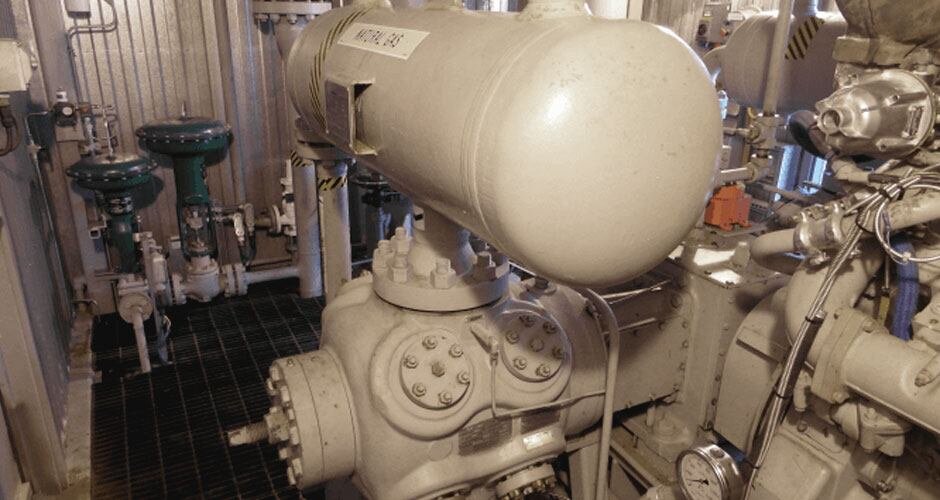The gentle hum of a gas heater warming your home or the precise control of a gas burner in a bustling commercial kitchen is a testament to the versatility of gas appliances. You’re not alone if you’ve ever wondered about the difference between Type A and B gas appliances. This distinction is fundamental to ensuring your gas systems are safe, efficient, and compliant with Australian standards.
Type A and Type B gas appliances serve different purposes, and understanding their unique characteristics can help you make informed decisions for your home or business. Let’s delve into the specifics of these classifications, their applications, and what sets them apart.
What Are Type A Gas Appliances?
Type A gas appliances are commonly used in residential and light commercial settings. They are standardised, pre-approved appliances designed for everyday use, requiring no customisation before installation. These appliances are manufactured to strict specifications and meet regulatory standards, ensuring safety and reliability.
Examples of Type A Gas Appliances
- Domestic gas stoves and ovens
- Gas water heaters
- Space heaters
- Barbecues
- Small commercial kitchen equipment
Key Characteristics
- Pre-Approved Designs: These appliances are tested and certified to meet Australian safety standards before they reach the market.
- Standardised Operation: Type A appliances are designed for straightforward, plug-and-play installation and use.
- Lower Complexity: These appliances don’t require significant technical expertise for installation or maintenance.
Type A appliances are typically found in homes and smaller commercial setups, where simplicity and ease of use are paramount.
What Are Type B Gas Appliances?
Type B gas appliances, on the other hand, are custom-engineered systems designed for industrial and large-scale commercial applications. These appliances are not pre-approved like Type A appliances and require specific design, testing, and approval for each installation.
Examples of Type B Gas Appliances
- Industrial boilers
- Gas-fired turbines
- Large-scale furnaces
- Kilns used in manufacturing
- Commercial hot water systems for large facilities
Key Characteristics
- Customised Design: Each Type B appliance is engineered to meet the unique requirements of the installation site.
- Stringent Approvals: These appliances must be approved by a certified gas inspector or engineer before use.
- High Capacity and Complexity: Type B appliances are built to handle higher gas pressures and more significant outputs.
Type B appliances are integral to heavy industries, manufacturing plants, and extensive commercial facilities where high performance and customisation are essential.
Understanding the Difference Between Type A and B Gas Appliances
1. Application
The most notable difference between Type A and B gas appliances lies in their applications. Type A appliances are suited for domestic and light commercial use, while Type B appliances cater to industrial and heavy commercial needs.
2. Certification Process
- Type A: Pre-certified and ready for use, requiring minimal additional checks.
- Type B: Must undergo a detailed design, testing, and approval process to ensure safety and performance standards compliance.
3. Installation and Maintenance
- Type A: Easier to install and maintain due to standardised designs.
- Type B: Requires specialised installation, operation, and regular maintenance skills.
4. Gas Consumption and Pressure
Type B appliances handle significantly higher gas consumption and operate at higher pressures, making them suitable for large-scale operations.
Why Understanding These Differences Matters
Knowing the difference between Type A and B gas appliances helps ensure safety, efficiency, and regulation compliance. Using the wrong type of appliance for your needs can lead to inefficiency, increased costs, or even safety hazards.
For instance:
- Installing a Type B appliance in a residential setting is overkill and impractical.
- Using a Type A appliance in an industrial setting could result in insufficient performance and safety risks.
When to Consult a Professional
If you’re unsure about the type of gas appliance you need or require assistance with installation, consulting a licensed professional is essential. The experienced team at Ezy-Plumb can provide expert advice and services tailored to your requirements, ensuring your gas systems are safe, compliant, and efficient.
FAQs About Type A and B Gas Appliances
Do Type B appliances cost more than Type A appliances?
Yes, Type B appliances are typically more expensive due to their customisation, complexity, and higher performance capabilities.
Who can install Type A and B gas appliances?
Only licensed gas fitters can install gas appliances in Australia. Type B installations may also require approval from specialised engineers or inspectors.
Can Type B appliances be used in residential settings?
Type B appliances are generally unsuitable for residential use due to their size, complexity, and capacity.
Are there ongoing maintenance requirements for Type B appliances?
Yes, regular maintenance by qualified professionals is crucial for Type B appliances to ensure safety and efficiency.
Choosing the Right Appliance for Your Needs
When selecting Type A and Type B gas appliances, consider your intended application, budget, and compliance requirements. A small café will likely need Type A appliances for simplicity and affordability, while a manufacturing plant will depend on the power and customisation of Type B systems.
Contact a local plumber at 0402 169 096 for personalised advice and professional installation. Their team can help you determine the best option for your home or business, ensuring seamless operation and peace of mind.

